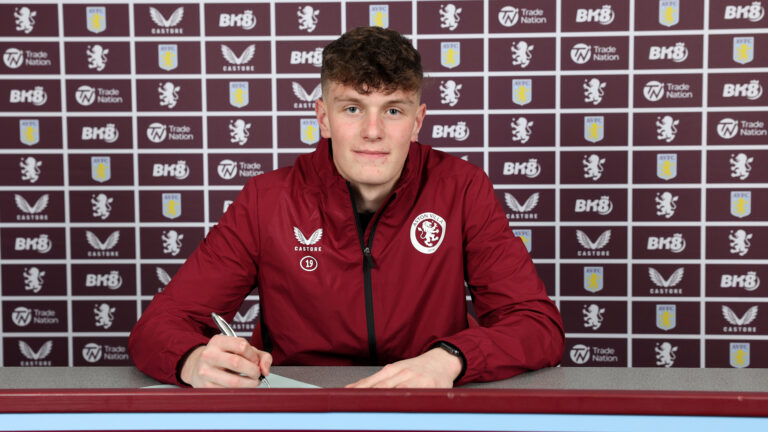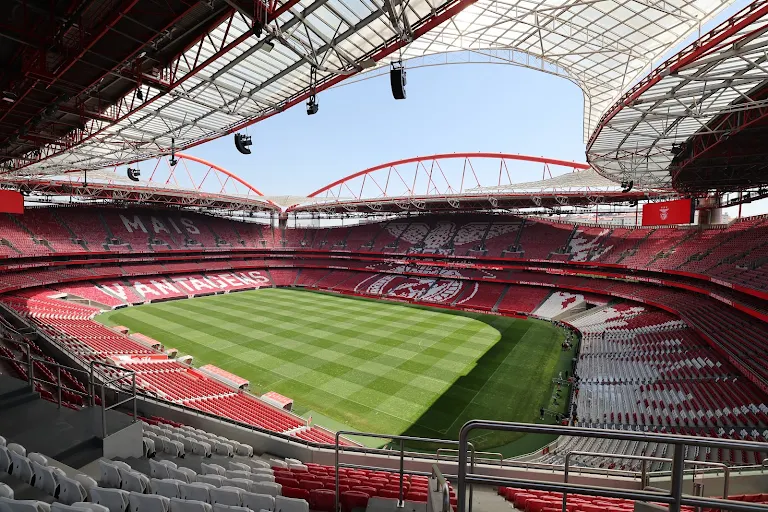
The New Orleans Saints have emerged as the biggest beneficiaries of post-June 1st salary cap moves, leading the entire NFL in cap space gained following several strategic roster decisions. Known for their creative and often aggressive cap management, the Saints once again demonstrated their ability to navigate the financial landscape of the league with precision, unlocking significant financial flexibility that could be pivotal heading into training camp and the preseason.
According to official cap tracking sources, the Saints cleared over $25 million in cap space following their post-June 1 designations and subsequent transactions. This influx of room is the result of a combination of veteran releases, restructured contracts, and deferred cap charges that were carefully orchestrated during the offseason with the June 1st deadline in mind. It’s a cap strategy the Saints have mastered, allowing them to remain competitive while keeping their roster adaptable.
One of the most significant moves came earlier in the offseason when the Saints designated a pair of veterans as post-June 1 cuts: wide receiver Michael Thomas and safety Marcus Maye. Though these releases were announced months prior, the financial benefits were only realized after June 1. By structuring these cuts under the post-June 1 rule, New Orleans was able to spread the dead cap hits across two seasons instead of absorbing the full amount in 2025. This maneuver freed up over $19 million combined between the two players.
In addition to those moves, the Saints also benefited from contract restructures of high-profile players such as offensive tackle Ryan Ramczyk and defensive end Cameron Jordan earlier in the offseason. While these restructures created some immediate cap relief, they also set the stage for greater flexibility once post-June 1 designations kicked in. The result is a roster that, despite carrying some dead money, now has ample room to maneuver.
This newly acquired cap space provides the Saints with several potential advantages. First and foremost, they are now in a position to address depth concerns or even pursue remaining free agents as teams prepare for the grind of training camp. Whether it’s bolstering the offensive line, adding a veteran cornerback, or bringing in insurance at quarterback behind Derek Carr, the Saints now have the financial room to make impactful additions without jeopardizing future flexibility.
Second, the cap room gives the team leverage in potential contract extensions or in-season negotiations. Star players such as wide receiver Chris Olave and cornerback Paulson Adebo could be candidates for extensions in the near future. Having cap space on hand makes these conversations more feasible and shows players and agents that the team is positioned to reward long-term performance.
Another underrated benefit is the Saints’ ability to absorb contracts via trade. With the league’s trade market often heating up in August due to injuries or preseason performances, the Saints can now be opportunistic. If a valuable player becomes available due to another team’s cap crunch or depth chart shift, New Orleans has the flexibility to make a move without reworking half the roster.
It’s worth noting that the Saints’ approach to the salary cap has drawn both praise and criticism in recent years. Critics argue that the team continually pushes financial burdens into the future, risking long-term health for short-term gains. However, the results speak for themselves: the Saints have remained competitive in a difficult NFC South, fielding rosters capable of playoff contention despite regular cap constraints. This year’s cap strategy is another example of that tightrope walk—and once again, it appears to be working.
Head coach Dennis Allen and general manager Mickey Loomis have reiterated their belief in building a competitive team while maintaining financial responsibility. With more than $25 million in new cap space and several roster spots still in flux, the Saints have the opportunity to improve further before the season kicks off. As teams across the NFL finalize their rosters over the summer, New Orleans is uniquely positioned to make smart, timely moves that could pay dividends in the fall.
In an NFL landscape where cap space can be as valuable as draft picks, the Saints have given themselves a rare advantage. Whether they use it now or hold onto it for mid-season flexibility, their cap strategy following June 1st has set them apart as one of the league’s most financially savvy operations in 2025.




